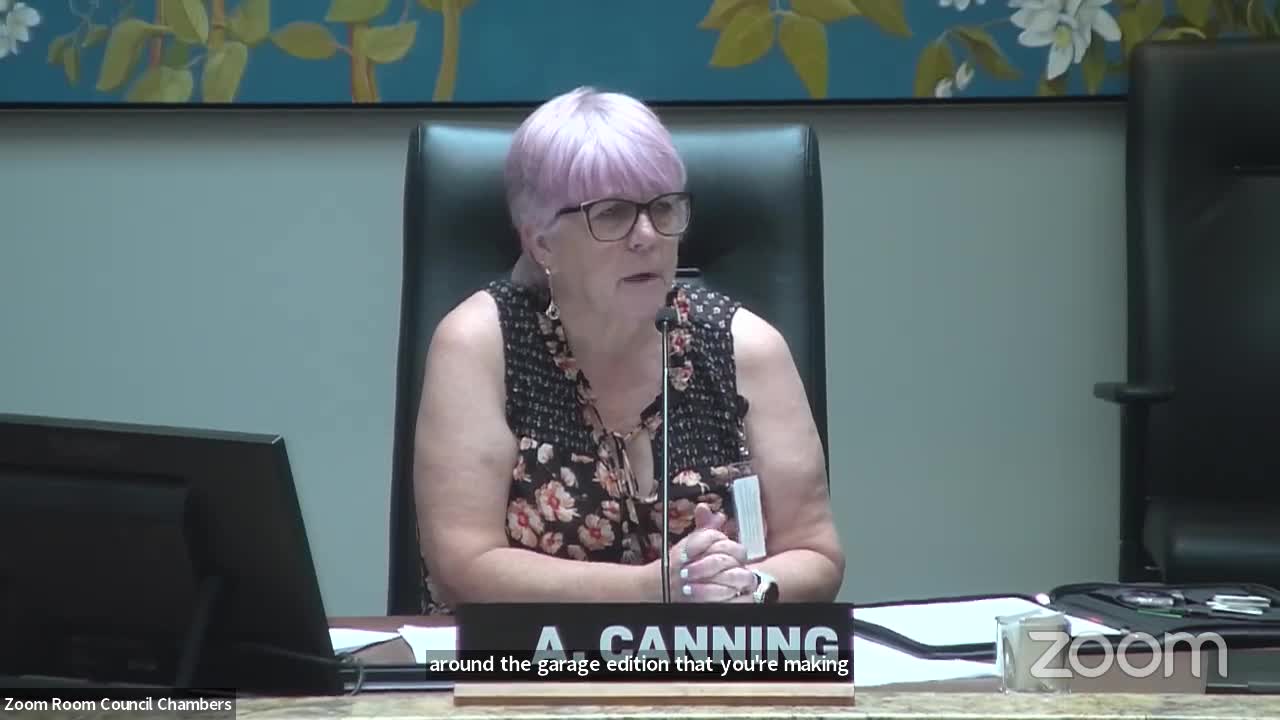Zoning Board Denies Controversial Variance Request
June 24, 2024 | Boise City, Boise, Ada County, Idaho

This article was created by AI summarizing key points discussed. AI makes mistakes, so for full details and context, please refer to the video of the full meeting. Please report any errors so we can fix them. Report an error »

In a recent government meeting, a proposal for a variance to reduce the setback requirement for a residential property was met with significant scrutiny. The applicant sought to decrease the standard 10-foot setback to just 2 feet, raising concerns among officials about the implications of granting such a request.
One official expressed apprehension that allowing a reduced setback would create a special privilege for the applicant, potentially setting a precedent that could affect neighboring properties. The official noted that while the applicant's immediate neighbors currently do not have structures close by, future additions could bring them within proximity, thereby creating inconsistencies in zoning regulations.
In defense of the variance, the applicant referenced similar cases in the area where variances had been granted, arguing that their request was in line with past approvals. They emphasized their intention to improve the neighborhood by enclosing their property and maintaining a clean environment, contrasting their plans with those of neighbors who had resorted to using tarps for vehicle coverage.
Despite the applicant's arguments, the official ultimately denied the variance request, citing that it did not meet the criteria outlined in Boise Code Section 11-05-053L. The official concluded that the situation did not constitute an undue hardship that would justify deviating from established zoning laws, reinforcing the importance of adhering to setback regulations as a fundamental aspect of urban planning and development.
One official expressed apprehension that allowing a reduced setback would create a special privilege for the applicant, potentially setting a precedent that could affect neighboring properties. The official noted that while the applicant's immediate neighbors currently do not have structures close by, future additions could bring them within proximity, thereby creating inconsistencies in zoning regulations.
In defense of the variance, the applicant referenced similar cases in the area where variances had been granted, arguing that their request was in line with past approvals. They emphasized their intention to improve the neighborhood by enclosing their property and maintaining a clean environment, contrasting their plans with those of neighbors who had resorted to using tarps for vehicle coverage.
Despite the applicant's arguments, the official ultimately denied the variance request, citing that it did not meet the criteria outlined in Boise Code Section 11-05-053L. The official concluded that the situation did not constitute an undue hardship that would justify deviating from established zoning laws, reinforcing the importance of adhering to setback regulations as a fundamental aspect of urban planning and development.
View full meeting
This article is based on a recent meeting—watch the full video and explore the complete transcript for deeper insights into the discussion.
View full meeting